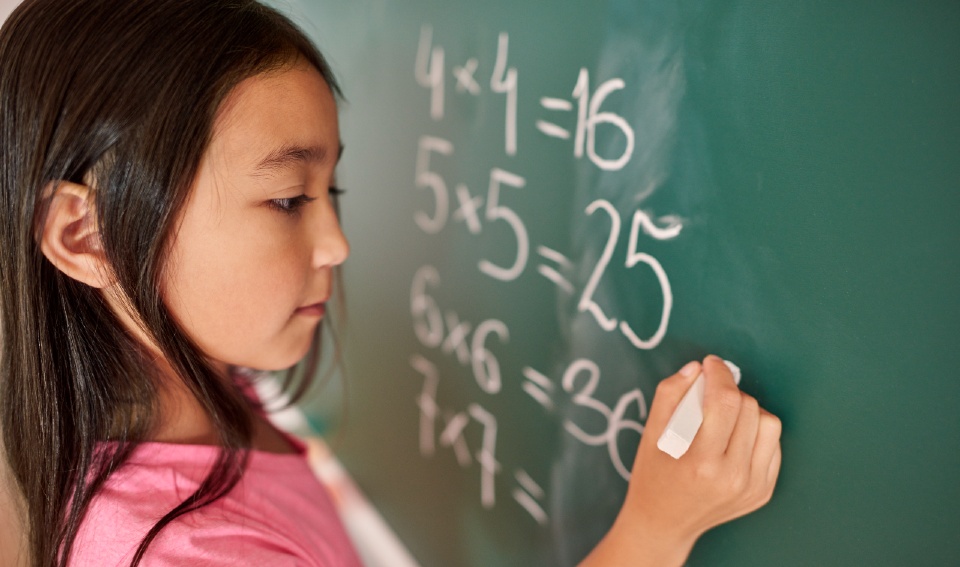As part of efforts to achieve this, the government is introducing more testing. In June 2022, year four pupils (aged eight to nine) must take a multiplication tables check. This means that, for mathematics, children will be tested four times during primary school.
The multiplication tables check joins a baseline assessment in numeracy as well as literacy, communication and language, introduced in 2021 for children aged four joining reception class. Children also take standardised Sats tests in year two (aged six to seven) and year six (aged 10 to 11).
Although test results can be informative, more testing will not necessarily help children who struggle. In fact, test situations induce anxiety, and preparing for high-stakes tests can turn classrooms into test-preparation factories. By the end of primary school, many children have sat through countless maths classes feeling anxious and having no clue what is going on. This is the problem that really needs to be addressed.
Struggles with maths
Research suggests that, in general, there are two main culprits when it comes to failure in maths. One is developmental dyscalculia – a specific learning disorder, which affects about one in 20 children. The other is maths anxiety, which is an even more common problem. According to a large-scale international study, about one in three adolescents get very nervous when they have to do maths.
Dyscalculia is a developmental disability that involves persistent, severe difficulties with learning and doing mathematics, which are present from a young age. These difficulties significantly interfere with academic or occupational performance, and even with daily activities. For example, a person with dyscalculia may struggle to read a clock, have problems estimating the time needed for different activities, or find measuring ingredients for cooking difficult.
On the other hand, maths anxiety is a feeling of tension and fear that many people experience when they are faced with maths problems or when they have to deal with numbers in their everyday life.
It can lead to behavioural problems in class in the case of pupils, as well as to a variety of unpleasant physiological symptoms, such as a racing heart or butterflies in the stomach. A study even found that doing arithmetic while being evaluated by an observer led to changes in people’s posture. They adopted positions which resembled reactions to the fear of falling when standing on an elevated surface.
Although the same person may be affected by both maths anxiety and dyscalculia, this is not necessarily the case. Research suggests that about 80% of children with high maths anxiety show average or above average maths performance.
The effects of dyscalculia and maths anxiety are present from the first school grades, which means that they could be identified and helped from very early on. However, while the reception year baseline check offers an early measurement point where children with difficulties could be identified, this is not how the results of this test are used.
First of all, these results are not shared with schools. Instead, they are recorded in the national pupil database and used to create a cohort-level progress measure for schools at the end of key stage two. There are also no standards to which children’s scores are compared. In fact, individual children are not presented with the same questions, so their scores are not directly comparable.
Early intervention
Any effective educational policy that aims to improve maths achievement needs to tackle both dyscalculia and maths anxiety, and these interventions should start very early. Early testing, if it was used to identify children who need help, could be very beneficial...
Dr Kinga Morsanyi's Conversation article, discussing how more maths testing could be good for primary schoolchildren – if done in the right way, continues on The Conversation website.

